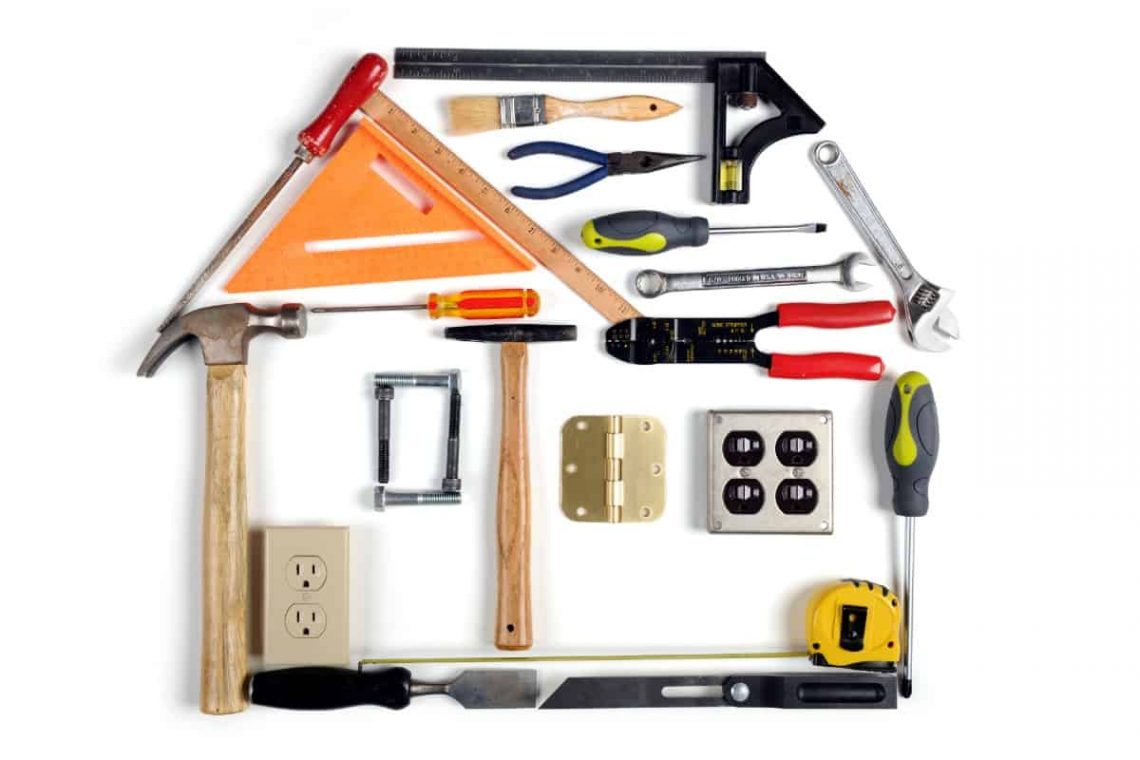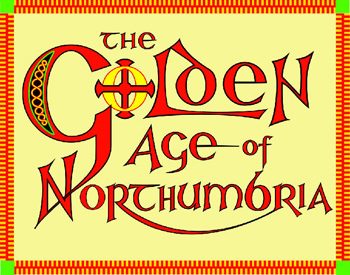
Essential Tools That You Should Have For DIY Home Improvement Projects
A power drill is a must-have tool that can cut through many materials, including plastic, cardboard, and rubber. These tools are essential for most DIY projects, and can be used around the house as well. Here are the other tools you should have around the house. Weigh and measure everything before you begin your project. A power drill also helps you get a tight grip on tight areas and is useful for a variety of tasks.
Combination squares
A combination square is a versatile tool that can measure length, depth, and 45-degree angles. They usually come with a bubble level as well. Buying the right combination square can replace several other tools for DIY enthusiasts, carpenters, and woodworkers. But choosing the right one can be difficult. Here are some tips to choose the right one for your needs. Listed below are some tips on choosing the right combination square.
First, decide on the size of the square. You can find combination squares for under $10, but you must make sure that it is square right out of the box. A 6-inch square will be fine for small tasks but may not be long enough for bigger jobs. For oversized workpieces, you’ll want to purchase a 16 or 24-inch square. If you’re going to use a combination square for angles, consider buying one with a three-headed construction.
C-clamps
Whether you’re doing an extensive DIY project or just need a few tools to get the job done, you’ll probably need C-clamps to hold all those pieces in place. While they might seem like a simple tool, they’re actually one of the most important. While there are many types of C-clamps, some are better than others. Here’s a look at three reasons why they’re essential.
C-clamps are essential tools for most DIY projects. They’re designed to hold objects in place firmly, but they’re also great for welding. These tools have a chrome-plated Acme-threaded screw and iron frame, which means they won’t stick to hot debris during the welding process. C-clamps also come with varying clamping capacities. Choose the size that’s right for your project.
Hammer
Whether you’re doing some simple repairs around the house or building an addition, a hammer is an essential tool. These versatile tools can be used for a variety of jobs, including nailing, driving nails, and peening metal. A multifunctional hammer is a must-have for most DIY projects. Choose one with a curved claw on one side and a flat face.
A hammer is a very useful tool for demolition, as it helps you to knock down countertops and walls. Make sure to pick one with a steel handle, as this will help reduce the risk of hand injuries. A good set of screwdrivers should also be included in your DIY toolkit. Make sure you have screwdrivers with both Phillips and flat heads, as well as mini and long handled ones.
Screwdriver
A screwdriver is a basic home tool that you cannot live without. From tightening loose door hinges to unscrewing cupboard handles, a screwdriver will come in handy. You should invest in a screwdriver set with various head shapes and sizes. These tools will come in handy when you’re working on a DIY project and will ensure you’re able to tackle it successfully.
Another must-have tool is a hammer. A medium-weight hammer will be sufficient for most household projects. A heavy-duty hammer is better for construction work and delicate projects. And if you don’t feel comfortable with a screwdriver, invest in locking pliers. These tools resemble standard pliers but are equipped with a locking mechanism. They grip screws and twist firmly on sticky objects, but they give you a secure, slip-free hold. You can purchase prepackaged sets of pliers at home centers or buy them individually. If you don’t want to buy a whole set, you can always invest in small divided boxes and mix and match your tools.
Nail gun
You will need a nail gun for any project that requires fastening things together. The two most common types are cordless and electric. You may want to go for a cordless model if you’re working on a project that requires frequent nailing. Both styles are powerful enough for most DIY projects. When choosing an electric nail gun, make sure to consider battery life and its portability. A corded model, on the other hand, requires an electrical outlet.
A nail gun isn’t a replacement for a hammer, but it does make things easier. This device is especially useful when registering parts, aligning pieces, and holding things in place while adhesives dry. This makes it an essential tool for DIY projects such as installing cabinets, stairs, and carpentry. It’s also great for holding things while something stronger holds them together. If you’re planning on using it to do carpentry, make sure you get one with a no-mar tip, as this will prevent the nail from ripping up the surface.




